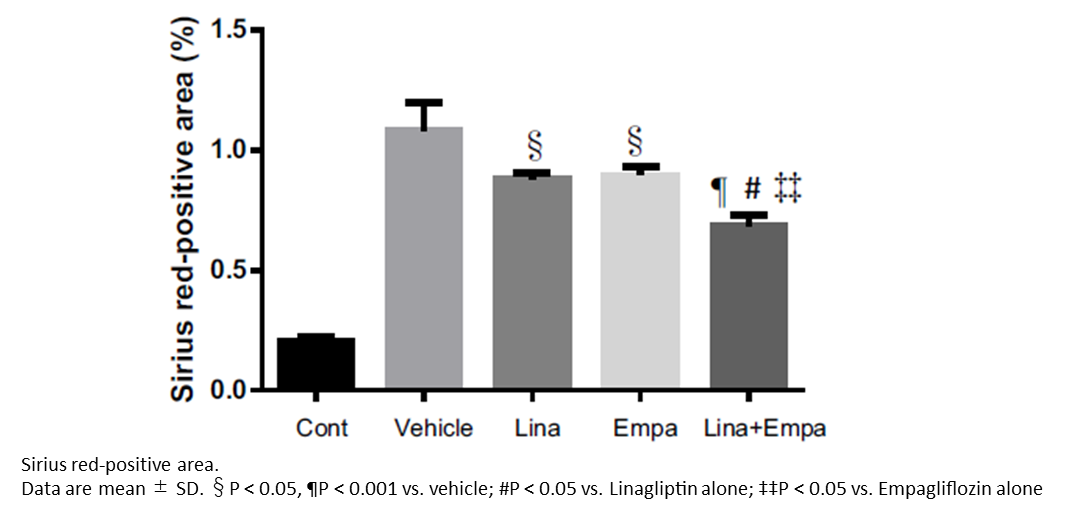Combination Therapies for NASH
It is now accepted that many factors are involved in exacerbating the NASH pathophysiology such as lipotoxicity, oxidative stress, microbiome and immune cell mechanisms.
To date, numerous molecules with different mechanisms of action have been developed to treat NASH, although reported efficacy to date has been limited.
Considering the complexity of the pathophysiology, many companies are shedding more light on the potential for enhanced effects using combination of drugs with different mechanisms of action.
Today, I would like to introduce our experience with the combination study in the world’s first mouse model that induces liver cancer from NASH – the STAMTM model – developed by SMC Laboratories, Inc. [Jojima T et al., Diabetol Metab Syndr., 2016]
In this study, the authors used the STAMTM to evaluate the efficacy of monotherapy and combination therapy of the SGLT2 inhibitor -Empagliflozin- and the DPP4 inhibitor -Linagliptin-. As shown in the figure below, the combination therapy showed synergistic effects for liver fibrosis compared to the monotherapy.

In addition to the case introduced here, we have evaluated several other cases of combination therapy.
If you are interested in conducting a combination study on NASH, consider using the our STAMTM model. You can download the non-confidential sheets of the STAMTM with the link below.
